|
|

|
|
|
|
| |
|
|
|
|
| |
 |
India
has one of the highest populations in
the world, but the north-east region
has fewer people than other parts of
the country.
It is very difficult to live in the
high peaks of the mountains. Can you
think why? If you need a clue, go the
Climate page
... |
| Most people live in villages
on the gentler mountain slopes or in
the river valleys. Here, they can make
the most of the fertile silt left behind
by the rivers to grow many different
crops. |
 |
|
|
|
|
|
|
|
|
|
|
|
| |
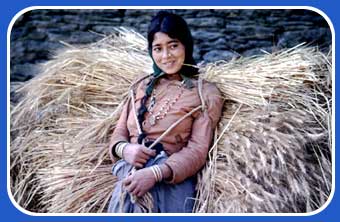 ©Panos
Pictures
©Panos
Pictures |
|
|
|
|
|
|
|
|
|
| |
|
|
| The
main food crop is wheat, which is mixed
with oil and water to make chapatis.
Chapatis are like flat pieces of bread,
baked in clay ovens.
|
|
|
|
|
|
|
|
|
|
|
|
|
| |
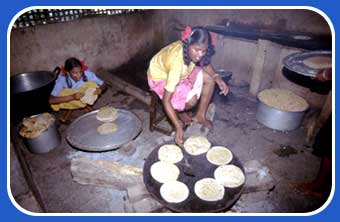
©Sean Sprague/Panos Pictures |
|
|
|
|
|
|
|
|
|
|
| |
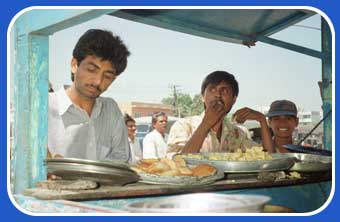 ©DK
Films.
©DK
Films. |
|
|
|
|
|
|
|
|
|
|
| |
|
|
| In
towns and cities across India, people
can buy hot or cold snacks from a roadside
kiosk. |
|
|
|
|
|
|
|
|
|
|
|
|
| |
| Do
people eat similar things in all
the regions of India? |
|
 |
There
are similarities and differences
in what people eat. Have a look
at the two menus that show some
of the foods eaten in the northern
and southern regions of India.
|
 to download/print a word version of
these menus.
to download/print a word version of
these menus. |
|
|
|
|
|
|
|
|
|
|
|
| |
|
|
| Lentils are an important part of the
diet in both regions. Here, the lentils
are being cleaned. Then they are ready
to be cooked into a dal. |
|
|
|
|
|
|
|
|
|
|
|
|
| |
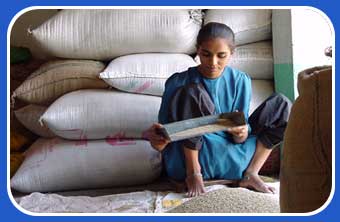 ©DK
Films.
©DK
Films. |
|
|
|
|
|
|
|
|
|
|
| |
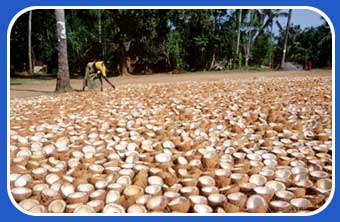 ©Timothy
Nunn/Panos Pictures.
©Timothy
Nunn/Panos Pictures. |
|
|
|
|
|
|
|
|
|
|
| |
|
|
| Along
with a lot of different spices, coconut
milk is an important ingredient in many
dishes in south India. |
|
|
|
|
|
|
|
|
|
|
|
|
| |
 |
Apart
from lentils and coconut milk, can you
see any other similarities and differences
between the two menus? Which menu would
you choose? |
|
|
|
|
|
|
|
|
|
|
|
|
|
|
|
 |
 |
|
